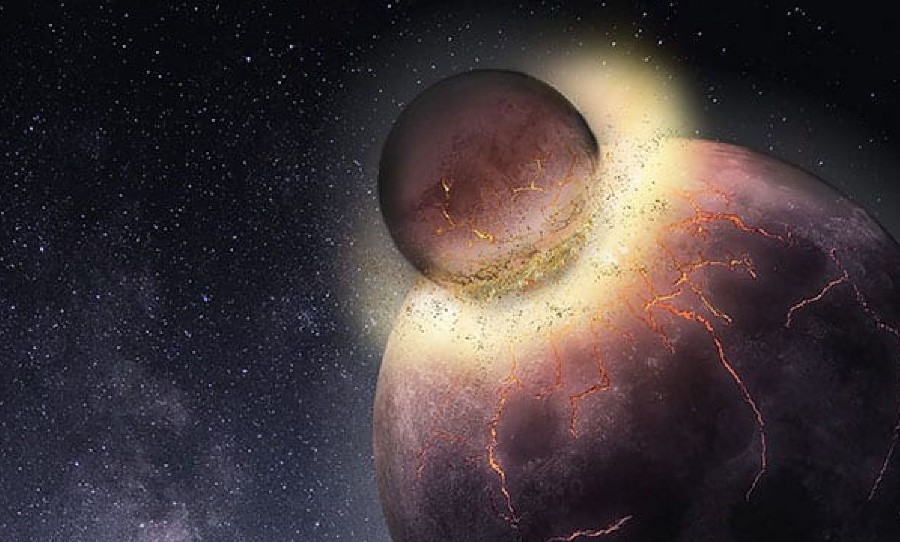It looks like we all owe the moon an apology after a recent study found that it isn’t as old as it looks. In fact, it’s 85 million years younger.
Researchers at the German Aerospace Center found that lunar rock samples collected on Apollo missions were not old enough to verify the normally accepted age of the moon at 4.51 billion years old.
Researchers at the German Aerospace Center found the moon is actually 85 million years younger than previously believed and once had a magma ocean.
Not only did researchers find that the moon was formed later than previously believed, but our large natural satellite once had a massive, fiery magma ocean.
The formation of the moon came about after a Mars-size protoplanet, called Theia, smashed into Earth, with debris and molten rock forming a new rock body known as our moon.
This new discovery came about with the research team using the idea that the moon was host to a magma ocean, and using mathematical models to calculate how minerals from the magma cooled and solidified over time.
Using a reconstructed timeline of the moon’s formation that looked at when Earth was hit by Theia, as well as how long the moon’s magma ocean took to cool the researchers found that the collision happened only 4.425 billion years ago.
The moon might be 85 million years younger than we originally thought. Jesus, Moon must be so offended.
— Nutnïg Spillkitz ⚪️ (@NSpillkitz) July 16, 2020
Sabrina Schwinger, a researcher at the German Aerospace Center said, “By comparing the measured composition of the moon’s rocks with the predicted composition of the magma ocean from our model, we were able to trace the evolution of the ocean back to its starting point, the time at which the moon was formed.”
This change in the moon’s formation timeline can now be directly linked to the Earth’s core formation.
Professor Thorsten Kleine, from the Institute of Planetology at the University of Munster, said, “This is the first time that the age of the moon can be directly linked to an event that occurred at the very end of the Earth’s formation, namely the formation of the core.”
The research was published in Science Advances.




